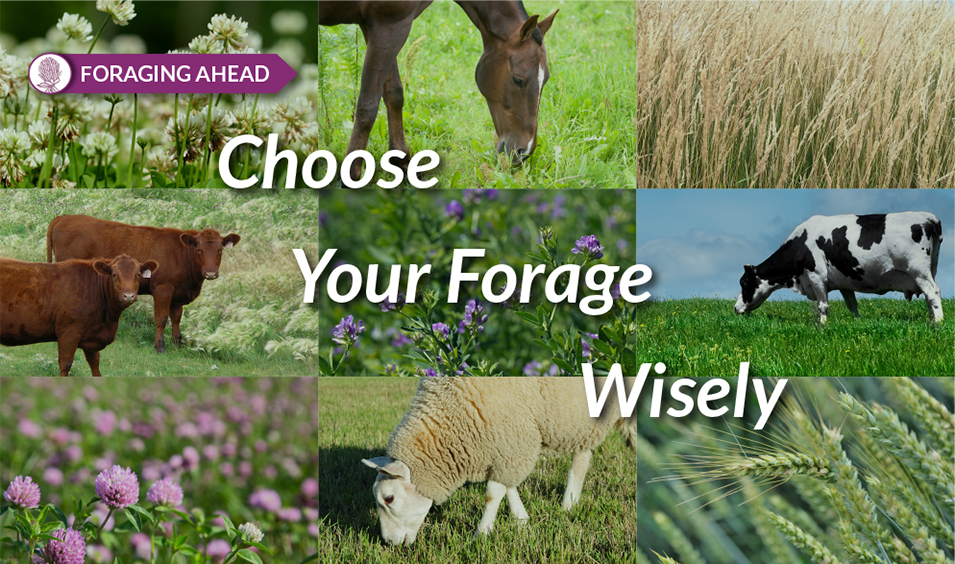
Foraging Ahead with Dr. Don Ball: Making informed forage selection decisions
In most situations, the most cost-efficient way to feed grazing animals is to provide them with access to pastures throughout as much of the year as possible. More than 60 forage species can be grown in the eastern portion of the U.S., and deciding which to plant in various areas on a farm is an important activity. Here are some factors to consider.
Soils and sites matter
Many different forage crops can be grown in a given region or state, but the number that can be grown on a given piece of land is often dictated by soil type(s) and site characteristics. Obviously, producers need to learn what forages have adapted to be grown in various fields on their farms. Taking advantage of the knowledge and advice of experienced neighbors, consulting with extension workers or other knowledgeable persons, and reviewing Natural Resource Conservation Service soil maps can be incredibly valuable.
Fence placement that separates sharp differences in soil types and site characteristics helps ensure that particular forages will be planted in areas in which they are likely to perform well. Having forage crops growing in areas where they are well adapted also facilitates subsequent pasture management.
Perennials versus annuals
For beef cow/calf production, it is usually preferable to grow perennial pasture crops rather than annuals. Since perennial forages “come back from the roots” each year, it is easier to maintain a stand. Also, once established, they are usually less costly, and the risk associated with yearly establishment is avoided.
Distribution of forage growth
Various pasture species provide grazing at different times of the year. For best results, it is desirable to plan some pasture acreage for both warm-season forages and cool-season forages. Most forage programs for beef cattle are based around perennial grasses. Since warm-season perennial grasses tend to be more productive than cool-season perennial grasses, it is ideal to have about one acre of warm-season perennial grass for every two acres of cool-season perennials, assuming soil types and sites allow this.

The growing seasons of forage crops within various categories vary considerably. For example, within warm-season perennial grasses, dallisgrass and bahiagrass have somewhat longer growing seasons than Bermudagrass. Also, either warm-season annuals or cool-season annuals can be used to complement the growth of perennial forages. There is also a good deal of difference in the distribution of growth among various winter annual forage species.
Animal needs & forage quality
The species and class of animal to be pastured should be considered before deciding what pasture forages to plant. Forage quality should be of concern because some animals need a much higher plane of nutrition than others (for example, stocker cattle require higher forage quality than beef brood cows).
Varieties
Once decisions have been made regarding which species are to be planted, an important part of the forage selection process is to consider which variety or varieties should be planted. In many cases, there are substantial differences among varieties within species with regard to yield, forage quality, distribution of growth, and perhaps other traits.
Do your homework
Other considerations that might affect forage selection decisions include ease of management, tolerance to adverse climatic conditions, and cost of establishment and/or maintenance. The point is that a prerequisite to having a good forage program is “doing one’s homework” to understand the forage options and issues. Then one is in position to carry out the critically important activity of making forage selection decisions.
Foraging Ahead is a bi-weekly column presented by Ragan & Massey and written by Dr. Don Ball, Professor Emeritus at Auburn University. Dr. Ball is one of the authors of the popular book, “Southern Forages,” available here.
Follow Ragan & Massey!
Be sure to follow Ragan & Massey on Facebook for daily updates, and check back here every week for more in-depth expertise, advice and product updates.